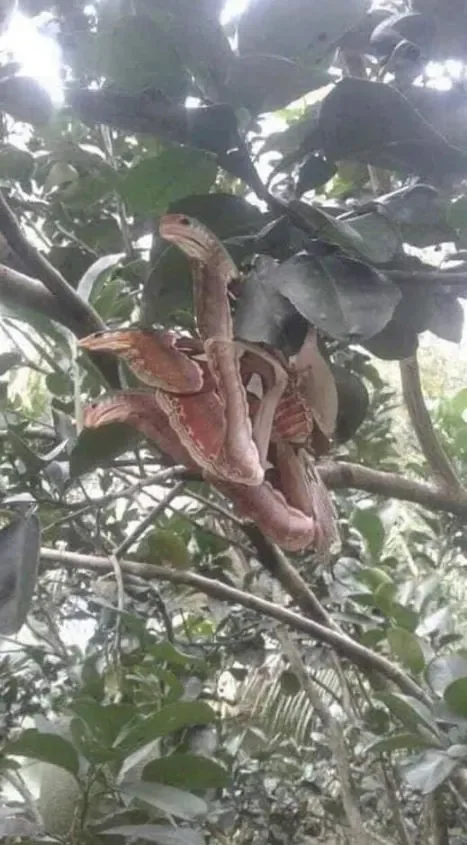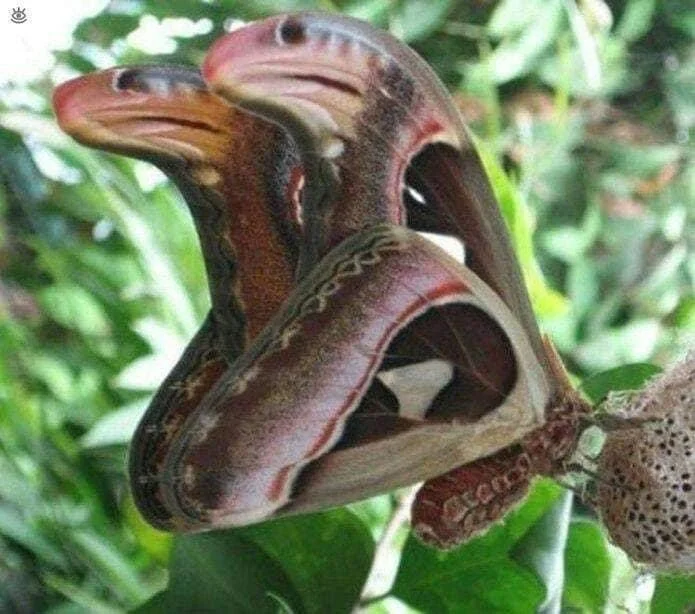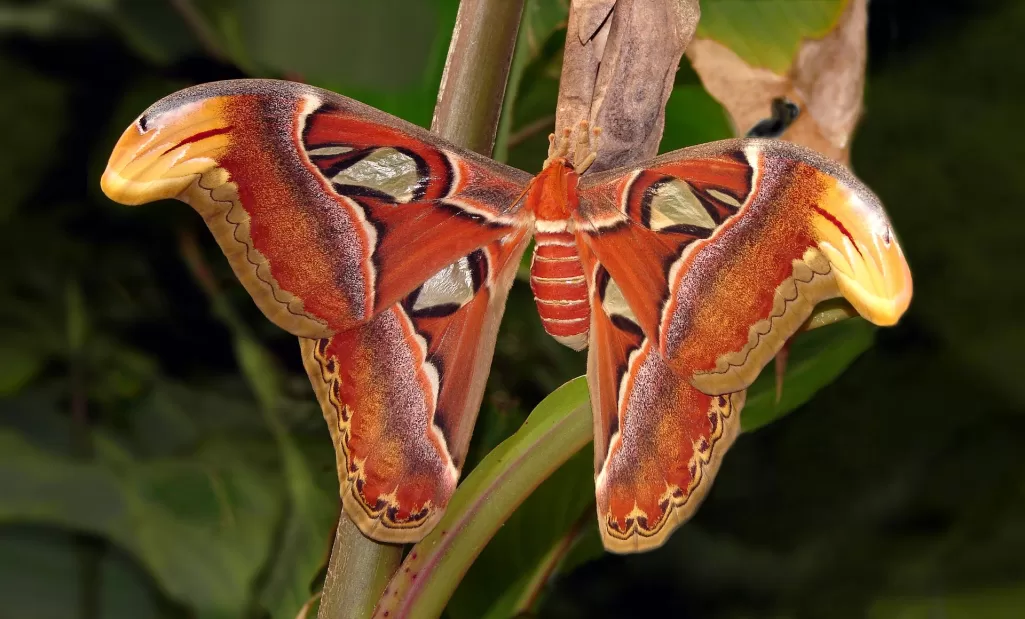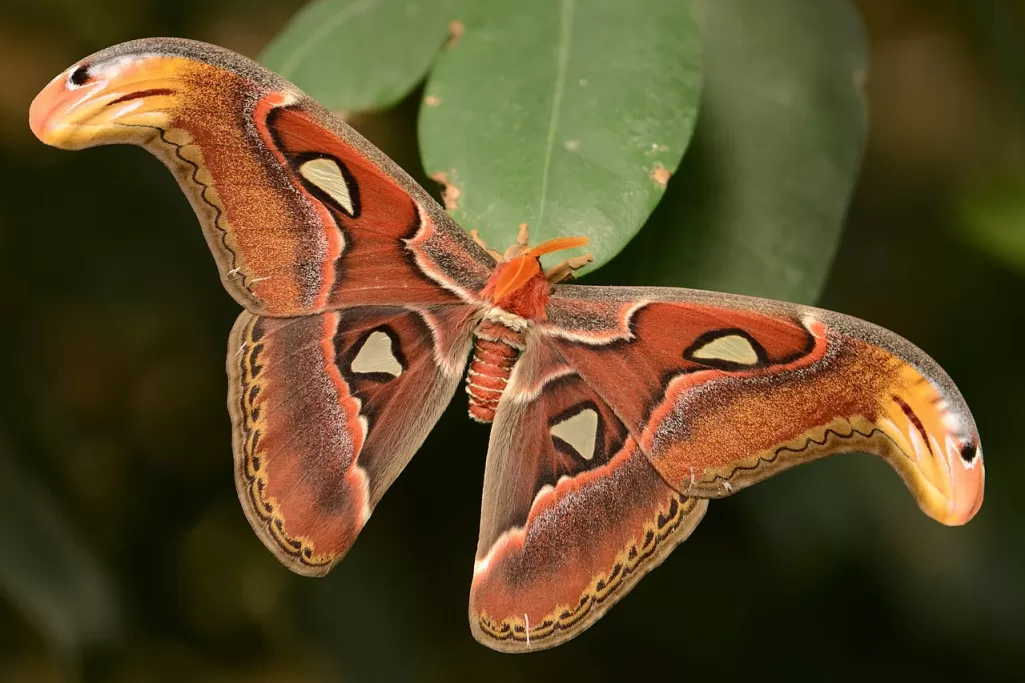The natural world and our planet are teeming with an incredible array of fascinating species, each playing a vital role in maintaining the delicate balance of ecosystems. It’s truly awe-inspiring to witness how these organisms interact and adapt to their surroundings to ensure their survival.

Recently, captivating images surfaced online, depicting what appeared to be three menacing snakes coiled in a tree. The sight was enough to send shivers down anyone’s spine, including mine. However, upon closer inspection, it became apparent that these “snakes” were something entirely different.
The phenomenon of diverse species coexisting in nature is known as biodiversity, a testament to the intricacies of life on Earth. Among the remarkable adaptations found in nature are the ingenious survival techniques developed by various animals and plants over time. From camouflage to chemical defenses, these adaptations showcase the ingenuity of life forms in evading predators and thriving in their environments.

The mystery behind the “angry snakes” was soon unraveled. The images actually depicted segments of the wings of two distinct species of the Atlas moth, cleverly creating the illusion of serpents. This remarkable insect, native to Asian forests, boasts a wingspan of up to 24 cm and possesses the uncanny ability to mimic the appearance of a snake, a defense mechanism against potential threats.

Rob, who shared the viral image on Twitter, shed light on the fascinating nature of the Atlas moth, highlighting its brief yet impactful lifespan dedicated to reproduction and protection. Social media users were astounded by the moth’s deceptive camouflage, a testament to the wonders of natural mimicry.
Contrary to popular belief, Atlas moths are not adept flyers, preferring to conserve their energy during the day and taking flight under the cover of darkness. When threatened, they employ a remarkable strategy of mimicking a snake’s appearance to deter predators, further adding to their mystique.

While encounters with Atlas moths are predominantly confined to the tropical forests of Asia, occasional sightings have been reported in other regions, sparking awe and fascination among observers. Notable occurrences, such as the discovery in Greater Manchester and sightings in the United States and Sweden, have captured the attention of entomologists and enthusiasts alike, underscoring the global appeal of these magnificent insects.

If ever I were to encounter an Atlas moth in the wild, I would undoubtedly be overcome with wonder and admiration. Capturing the moment through photography would be a priority, albeit with caution to maintain a safe distance from its snake-like disguise.
I invite you to share this captivating tale on social media platforms, allowing others to marvel at the extraordinary Atlas moth and celebrate its remarkable adaptation. Let’s spread awareness of this remarkable species and applaud its ability to captivate hearts and minds far beyond its natural habitat!
